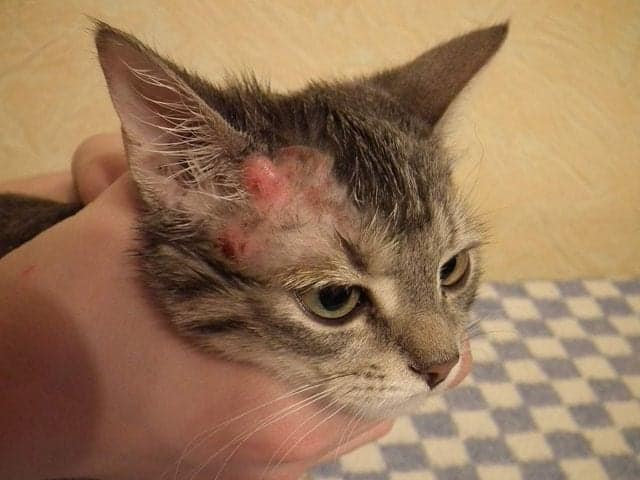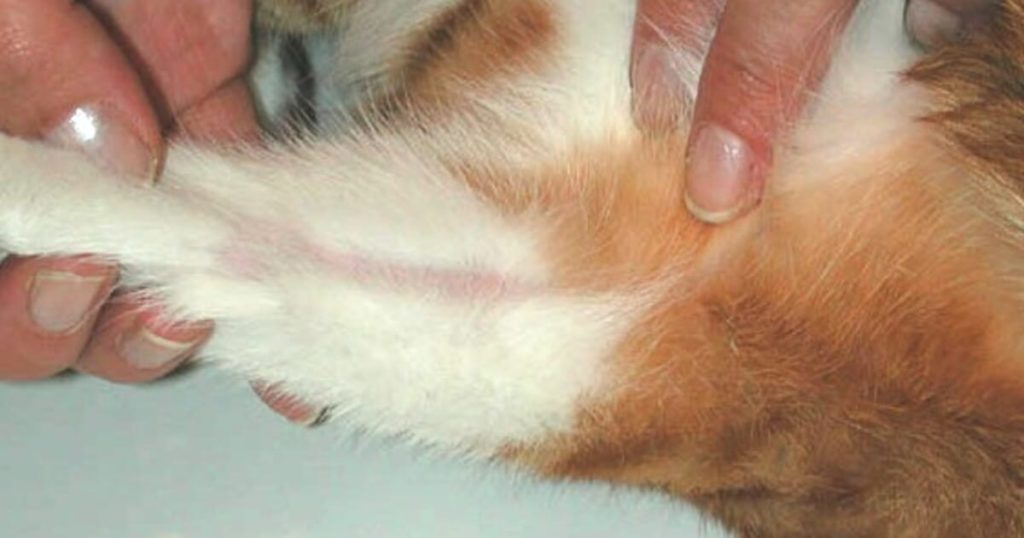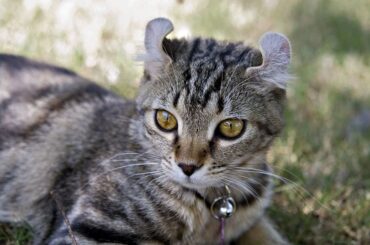Allergies occur when the cat’s immune system overreacts to foreign substances called allergens. Allergens are simply foreign proteins, and the body’s immune system tries to get rid of them.
If your cat spends long periods of time scratching at himself and there are no fleas or ticks present, you may want to consider the possibility that he has an allergy or intolerance to food. If your cat’s itching is accompanied by redness, sores, scabs, or bald patches on his skin, you need to seek veterinary care immediately. Cats that are allergic or intolerant to certain foods can develop itchy, dry skin and rashes.

The most common effect of allergies in cats is itching. Itching can occur all over the cat’s body or just in one area. Respiratory inflammation is another effect that may cause coughing, sneezing, and wheezing. The digestive system can also be affected by allergies, resulting in vomiting, flatulence, and diarrhea.
Types of Allergies in Cats
There are several types of allergies in the cat: fleas, food allergy, inhalant (house dust, pollen, and molds), and contact. Each of these has some common physical expressions and signs in cats. A few have unique features as well.
- Flea Allergy
The most common cat allergy is flea allergy. Flea allergies are the result of the proteins or antigens in flea saliva. The first time a cat is bitten by a flea, it may feel some itching. If they are bitten again, the itching becomes much worse and may cause them to scratch their skin excessively. When a flea bites, it injects some of its salivae into the skin; this causes intense itching that leads to scratching.
into the skin; this causes intense itching that leads to scratching.
- Food Allergy
The immune system in cats can overreact when exposed to certain types of food. The most common allergy triggers are fish, beef, dairy products, and chicken. Skin irritations are the most common symptom of food allergies; these can be visible or invisible. Food allergies can also cause gastrointestinal issues like vomiting or diarrhea. There are many symptoms of allergies in cats. According to the American Society for the Prevention of Cruelty to Animals, they are as follows: Skin rashes or bumps, vomiting, diarrhea, weight loss, dull coat appearance, ear infections, and less appetite.
Corn has also been known to trigger food allergies in certain cats. Other foods may also cause reactions, and common culprits include soy, rice, gluten, potatoes, and dairy. Cats may develop allergies due to the presence of artificial colors or flavors in some commercially manufactured pet foods.

The long-term treatment of food allergies in cats is usually done by changing the diet. This process of elimination includes taking certain ingredients out of the cat’s diet to see if it improves her symptoms.
The severity of a cat’s food allergy symptoms will determine whether your vet will recommend a temporary course of antihistamine medicine.
- Inhalant or Atopic Allergy
If a cat has an inhalant allergy, he is usually allergic to several allergens. Small, seasonal allergies typically cause itching for only a few weeks at a time during one or two periods of the year. Large or year-round allergies can make it difficult for cats to stop scratching because they are constantly irritated by allergens. There are many causes of atopic dermatitis, such as pollen, grasses, molds, mildew, and house dust mites. A cat with atopic dermatitis is likely to be allergic to any ingredient in their food. This makes treatment more difficult for veterinarians and owners. Atopic dermatitis is a lifelong condition and frequent relapses are common.
Treatment for cats with atopy involves immunosuppressive drug therapy. The first approach involves the use of corticosteroids. Some cats respond well to a particular antihistamine while others are ineffective.




